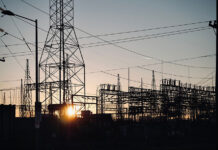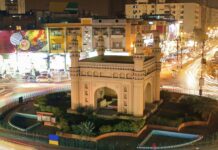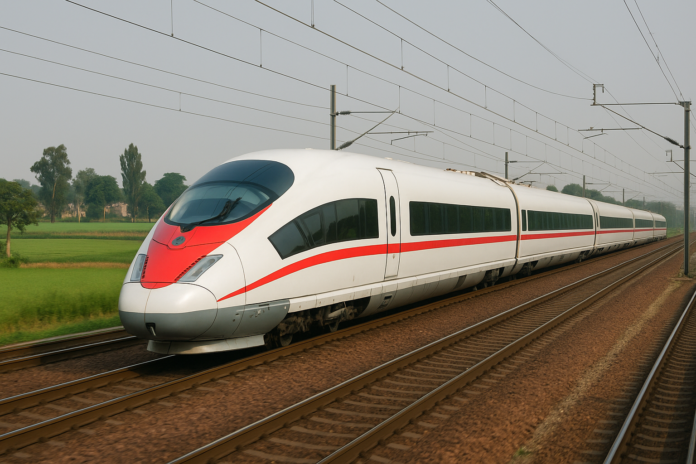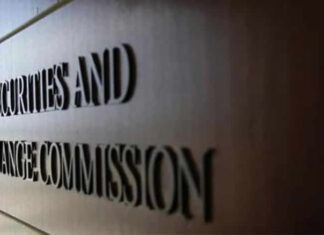The Punjab government’s plan to introduce Pakistan’s first bullet train between Lahore and Rawalpindi is being met with skepticism from senior railway officials, who have termed the idea a “dream” given the country’s outdated infrastructure and steep financial requirements.
While Punjab’s political leadership remains keen on launching a fast rail service, experts say a bullet train would require a complete overhaul of existing rail assets — including tracks, stations, signals, coaches, engines, and support systems. At present, Pakistan’s railway network cannot support speeds beyond 100 km/h.
“It’s a dream,” a senior railway official said, speaking on condition of anonymity. Officials explained that bullet trains require dedicated infrastructure and cost anywhere from $17 to $40 million per kilometre, depending on the contractor. Even achieving marginal increases in travel speed could cost Rs200–300 billion and take years to implement.
Despite these hurdles, federal and provincial officials appear committed to the idea of high-speed rail. Federal Minister for Railways Hanif Abbasi told The Express Tribune that discussions had been held with Punjab Chief Minister Maryam Nawaz. “We already have coaches that can support high-speed travel, but our tracks are not compatible,” he said. He added that the province is willing to finance the project, with the goal of cutting the Lahore–Rawalpindi travel time to 2.5 hours from the current 4 to 5.5 hours.
The proposed 280-kilometre route faces multiple technical challenges. Railway officials noted that the existing track is not only uneven and curvy, but also includes steep gradients and three bridges that would need to be completely reconstructed for safe high-speed operations. They stressed that Pakistan lacks the engines and coaches needed for bullet train speeds of 200 to 500 km/h, and building such a system would require starting from scratch.
Even in developed countries like the US, officials pointed out, a full-fledged bullet train system does not exist. Instead, countries rely on high-speed rail systems that are more financially and technically feasible. They argue that the government should prioritize the long-stalled Main Line-1 (ML-1) upgrade project, which has been in limbo since 2015. “If ML-1 is completed, we won’t even need a bullet train. Everything we need is in ML-1. The focus should be on completing that with China’s help,” one official said.
Cost is another major barrier. Estimated ticket prices for a bullet train could exceed Rs15,000 to Rs20,000 per passenger, making the service unaffordable for the vast majority. Officials drew comparisons with Saudi Arabia’s Haramain High Speed Railway, which is only viable due to heavy government subsidies, and noted that in Europe, bullet train fares are often twice the price of conventional trains.
While no one has ruled out the possibility entirely, railway authorities insist the idea must be approached with realism. For now, they say, a more modest high-speed rail project aligned with Pakistan’s financial and technical capacity is the best path forward.























